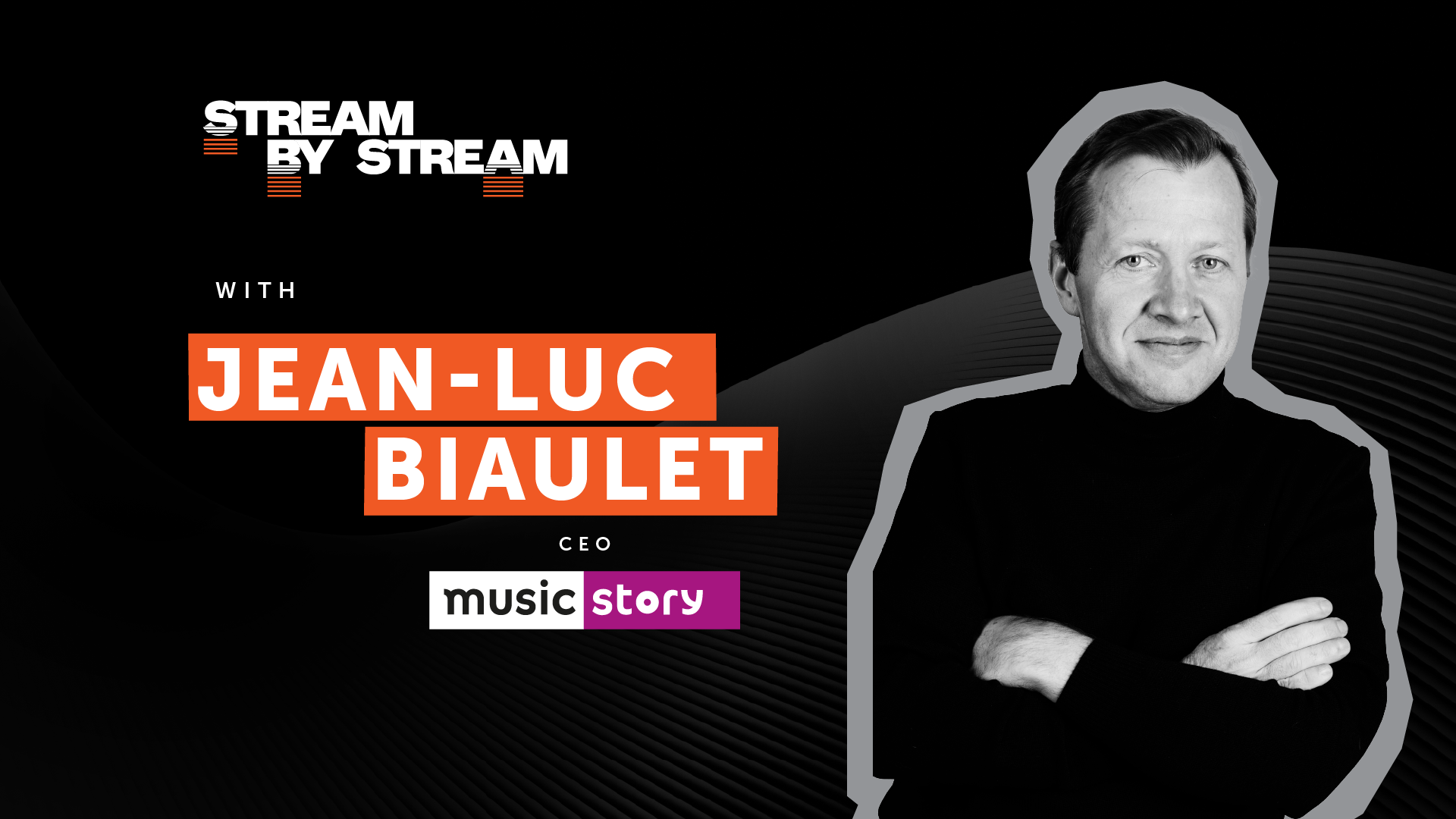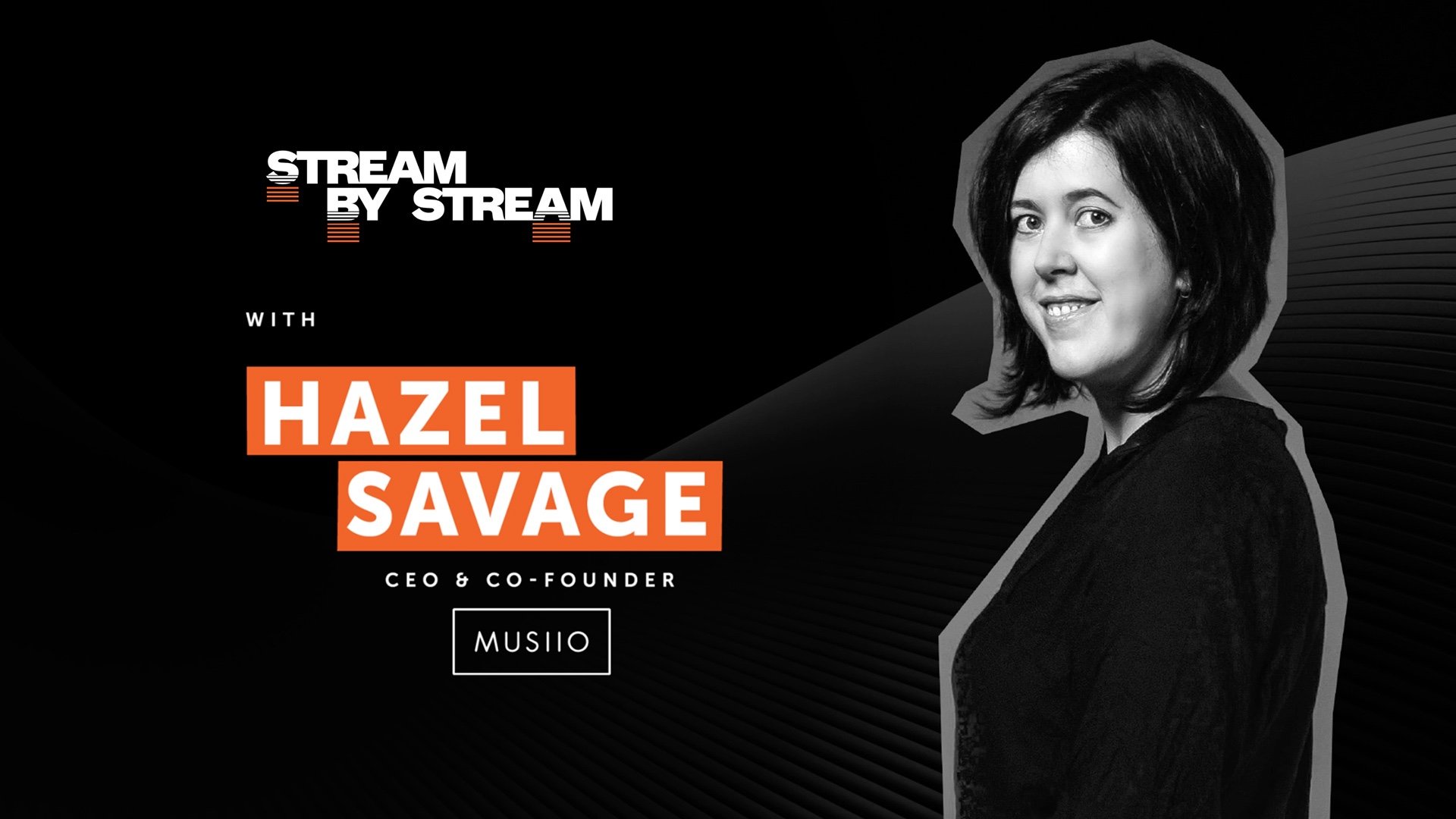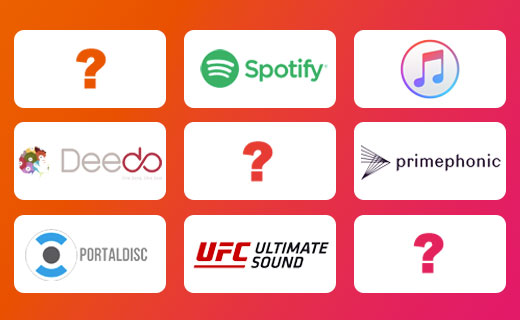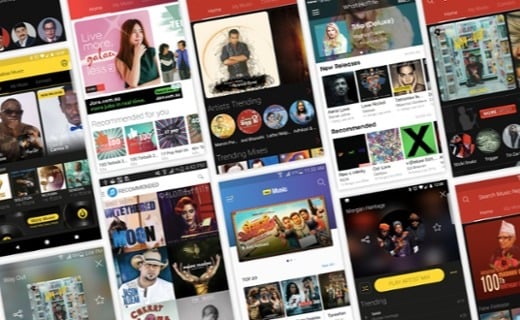Layering music into web3 and the metaverse is a complex task with lots of moving parts. Those parts can quickly devolve into technical and legal quicksand.
With those pitfalls in mind, Digital Music News published this pocket survival guide in collaboration with B2B Streaming technology provider Tuned Global.
As companies continue to dip into the metaverse, complex implementation questions are quickly surrounding the use of music.
Part of the reason is simple: just like real life, listeners want their virtual abodes to feature their favourite music.
The metaverse wouldn’t feel ‘real’ without it.











